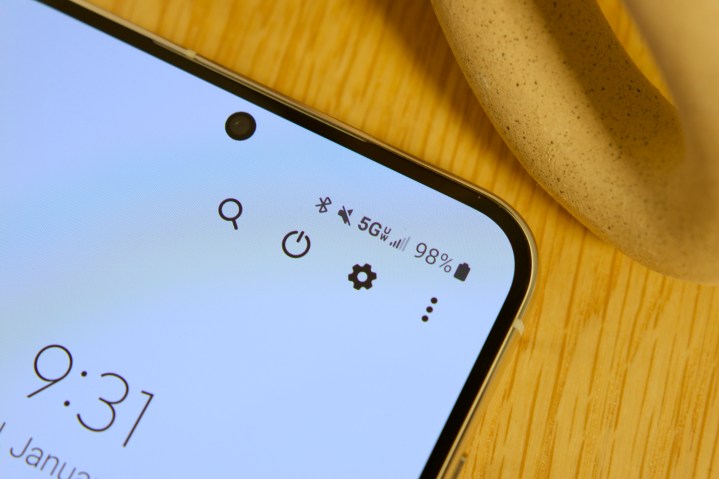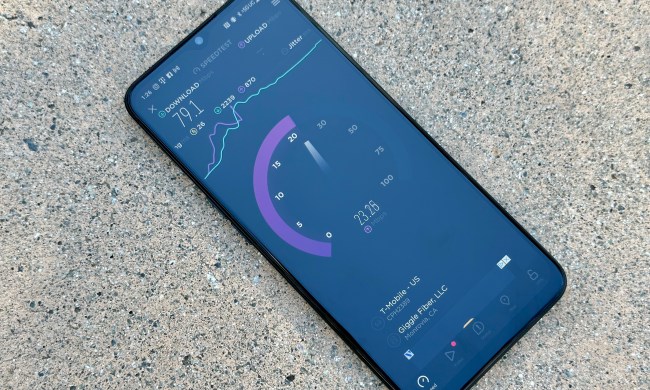
T-Mobile’s rivals may be nipping at its heels in the 5G race, but the Uncarrier is determined to stay ahead of the game. It not only boasts the fastest and most expansive 5G network in the U.S., but it’s actively working on technologies that will help it reach even greater peak speeds.
Two years ago, T-Mobile used a relatively new technique known as
T-Mobile’s newest 5G record

The new technique is known as uplink transmit (UL Tx) switching, and it’s similar in basic principle to the
However, UL Tx goes a big step beyond that. With
To use the description from T-Mobile’s press release, “It’s like taking the

The result is that T-Mobile has been able to achieve speeds of 345Mbps on its
The Uncarrier didn’t name the specific smartphone used to conduct the test, saying only that it was “powered by a flagship Snapdragon Modem-RF system from Qualcomm Technologies.” However, some might consider it telling that last month’s record was announced alongside the availability of the Snapdragon 8 Gen 3-powered Samsung Galaxy S24 lineup.
“This achievement is a testament to our relentless pursuit of innovation and our commitment to delivering an even better network experience to our customers,” said Ulf Ewaldsson, president of technology at T-Mobile. “Uplink transmit switching has the potential to significantly boost upload speeds and capacity, and we implore our partners around the globe to build the capability into the
The fastest speeds at the best range

What makes T-Mobile’s accomplishment so groundbreaking isn’t just the raw speeds it’s been able to achieve, but the fact that it’s done so using midband 5G frequencies.
We’ve long seen reports of
The problem is that those blazing-fast speeds have traditionally only been available on mmWave networks, which operate at extremely high frequencies that typically run above 24GHz. This spectrum offers incredible capacity, but also has a range of about a city block.
There’s an inverse relationship between range and capacity; as frequencies increase, so do speeds, but the range goes down. On the other end of the spectrum from mmWave, low-band 5G can reach for miles, but you won’t get speeds that are much better than what 4G/LTE can deliver.
That’s why the midband frequencies — the ones from 2GHz to 6GHz — have long been considered the sweet spot for the future of

The midband spectrum offers the best balance between range and capacity, but it’s also clear that speeds are beginning to plateau with the limitations of existing
In practical terms, this means the same towers that T-Mobile has deployed today could someday deliver speeds that rival the best mmWave networks without the need to deploy the tens of thousands of additional transceivers necessary to blanket a densely populated city with mmWave coverage.



